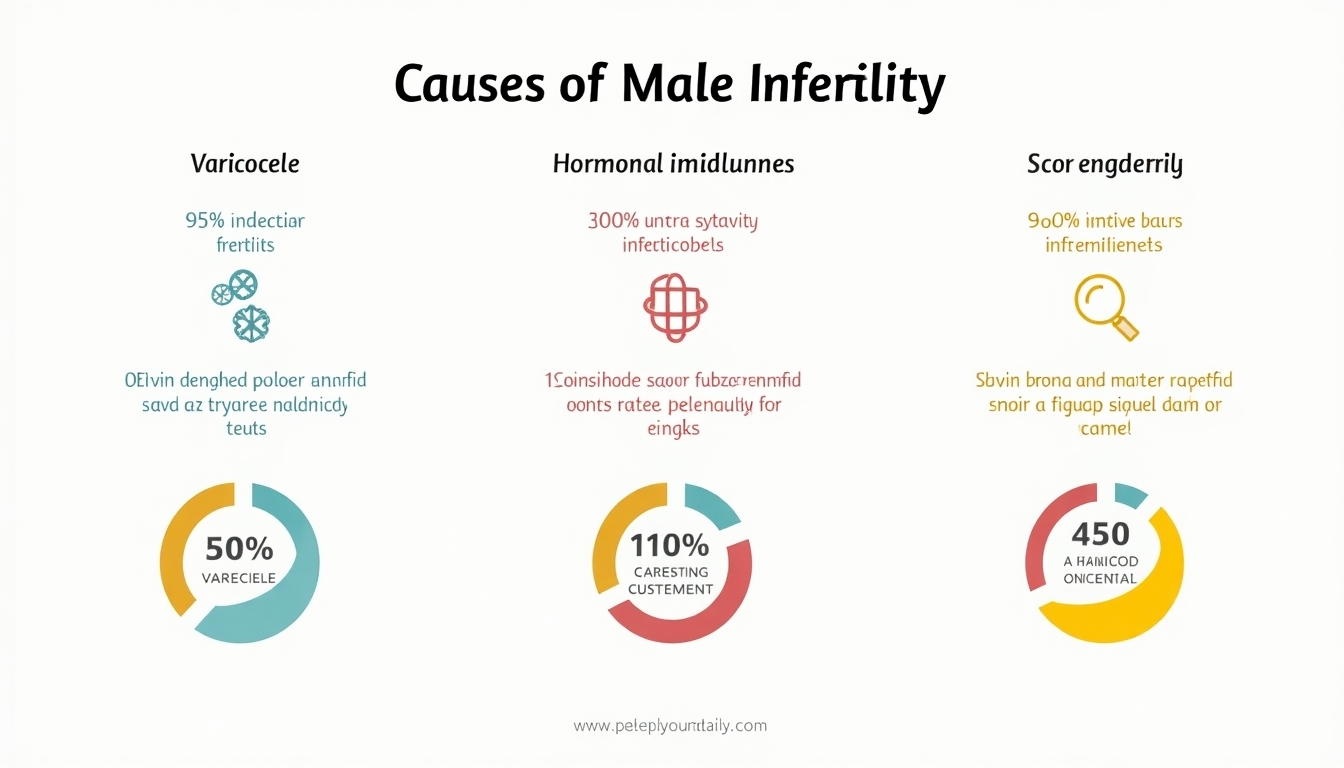Comprehensive Guide to Male Infertility Diagnosis and Testing
Feb. 1, 2025, 5:05 p.m.
Unlocking the Mystery of Male Infertility: A Guide to Diagnosis and Testing
Understanding male infertility can be a challenging journey. This article explores the key aspects of diagnosis and testing, providing insights for couples navigating these waters.

What is Male Infertility?
Male infertility refers to a man's inability to cause pregnancy in a fertile female. It accounts for a significant proportion of infertility cases, making up about 40% to 50% of all cases. Understanding the causes of male infertility is the first step in identifying potential solutions.
Common Causes of Male Infertility
- Varicocele
- Infections
- Ejaculation issues
- Hormonal imbalances
- Blockages and physical abnormalities
These factors can significantly impact sperm count, motility, and morphology, affecting a man's fertility.

The Importance of Diagnosis
Getting diagnosed with male infertility can feel overwhelming. However, it's essential to know that you're not alone and that medical advancements have made huge strides in the diagnosis and testing processes. Early diagnosis can open doors to more treatment options, improving the chances of conception.
Steps in Male Infertility Diagnosis and Testing
The process of diagnosing male infertility involves a series of tests and examinations aimed at understanding the root cause of infertility. Here's a breakdown of the typical steps:
- Medical History and Physical Examination
- Semen Analysis - Primary test in assessing male fertility.
- Hormone Evaluation
- Genetic Testing - Useful in identifying hereditary issues.
- Imaging Tests - Such as scrotal ultrasound, to detect abnormalities.
- Testicular Biopsy - Used when sperm counts are abnormal.
